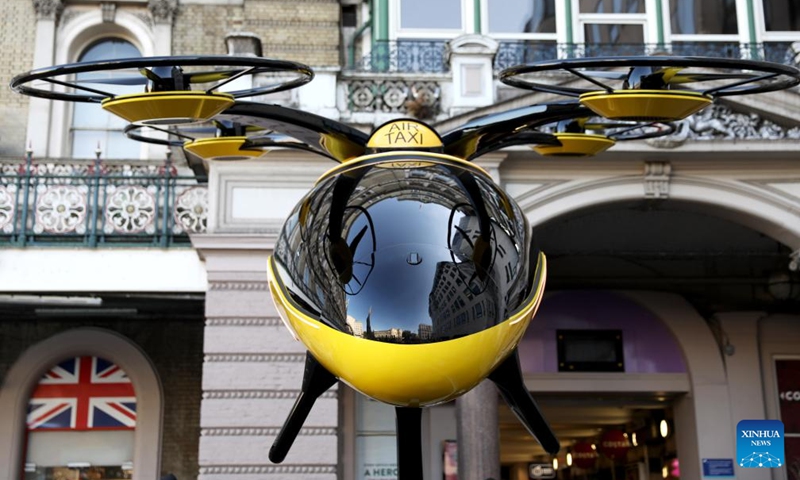In an age where technology is revolutionizing the way we approach emergencies, the integration of drones into Search and Rescue (SAR) operations has emerged as a groundbreaking advancement. Using DJI’s latest resource “Building a Search & Rescue Drone Program” we dive into a comprehensive guide to get you started.
At Uncrewed Aviation Australia, a drone training academy owned by Surf Life Saving Queensland, we recognize the immense potential that drones hold in enhancing the effectiveness and efficiency of SAR missions. This blog post will delve into why drones are used in search and rescue operations, the steps to establish a drone program, the importance of regulatory compliance, and the training required to ensure success.
Why Use Drones in Search and Rescue?
Drones have become invaluable tools in SAR operations for several reasons:
- Cost Savings
Deploying drones significantly reduces the costs associated with traditional SAR methods, such as manned aircraft or ground search teams. Drones can cover vast areas quickly, minimizing the need for extensive manpower and resources. This allows organizations to allocate funds more efficiently, enhancing overall operational capabilities.
- Time Savings
In emergencies, time is of the essence. Drones can be deployed almost instantly, providing real-time aerial reconnaissance and assessments of search areas. With the ability to reach remote or difficult terrains rapidly, drones often arrive on-site much faster than ground crews, increasing the chances of a successful rescue.
- Enhanced Data Collection
Equipped with high-resolution cameras, thermal imaging, and LiDAR, drones can gather critical data in a short period. This data can be analyzed to identify missing persons, assess hazards, and monitor environmental conditions, providing SAR teams with actionable intelligence.
- Improved Safety
Drones can be deployed in hazardous situations where human safety may be at risk. For instance, they can survey areas affected by natural disasters, hazardous materials, or difficult terrain, allowing teams to assess the situation without putting themselves in danger.
Establishing a Search and Rescue Drone Program
Creating a successful SAR drone program involves several critical steps. Here’s a detailed breakdown of what organizations should consider:
- Funding and Management Buy-In
Before launching a drone program, securing funding and management support is crucial. This can be achieved through:
- Grants and Sponsorships: Seek funding from government grants, non-profit organizations, and private sponsors who value community safety.
- Internal Proposals: Create a comprehensive proposal outlining the benefits of a drone program. Include cost analyses, expected outcomes, and how the program aligns with organizational goals.
- Partnerships: Collaborate with local authorities, emergency services, and other stakeholders to share resources and reduce costs.
- Navigating Regulations
Understanding and adhering to drone regulations is critical. In Australia, this involves:
- Civil Aviation Safety Authority (CASA) Compliance: Ensure that all drone operations comply with CASA regulations. This includes obtaining the necessary Remote Pilot Licence (RePL) and adhering to operational limits.
- Local Regulations: Be aware of any local laws governing drone use, especially in sensitive areas such as national parks, urban environments, or private properties.
- Airspace Management: Coordinate with air traffic control and other aviation authorities when conducting operations in controlled airspace.
- Developing In-House Expertise
Building a knowledgeable team is vital for the success of a SAR drone program:
- Training Programs: Invest in comprehensive drone training that covers both piloting skills and operational protocols.
- Ongoing Education: Encourage team members to stay updated on the latest drone technologies, regulations, and SAR techniques. This could include attending workshops, webinars, and industry conferences.
- Simulation Training: Utilize simulators to prepare teams for various scenarios, allowing them to practice without the risks associated with live operations.
- Public Perception
The success of a SAR drone program also relies on community support:
- Public Awareness Campaigns: Educate the community on the benefits and capabilities of drones in search and rescue operations. Use social media, local news outlets, and community events to raise awareness.
- Transparency: Be open about how drones will be used, addressing any privacy or safety concerns. Establish clear communication channels for community feedback.
- Demonstration Events: Organize public demonstrations to showcase the capabilities of drones in real-life scenarios. This can help build trust and excitement around the program.
Choosing the Right Search and Rescue Drone Solutions
Selecting the appropriate drone for SAR operations is critical. Consider the following factors:
- Payload Capacity
Different drones have varying payload capacities. For SAR operations, a drone must carry necessary equipment, such as cameras, thermal sensors, and communication devices. Evaluate your operational needs to select a model that can accommodate your requirements.
- Flight Time
Long flight times are essential for covering extensive areas without frequent battery changes. Look for drones that offer at least 30 minutes of flight time under load, allowing for effective and efficient operations.
- Range and Connectivity
The ability to maintain a strong connection between the drone and the pilot is crucial, especially in remote areas. Choose drones with robust communication systems to ensure reliable control and data transmission.
- Durability and Weather Resistance
SAR operations often take place in challenging environments. Select drones that are built to withstand adverse weather conditions, ensuring they remain operational when needed most.
- User-Friendly Interface
A user-friendly interface allows pilots to focus on the mission rather than grappling with complex controls. Look for drones equipped with intuitive software that facilitates easy navigation and data collection.
Drone Regulations to Look Out For
Navigating drone regulations is essential to operate legally and safely. Here are key regulations to consider:
- Remote Pilot Licensing: All drone operators must hold a valid Remote Pilot Licence (RePL) issued by CASA.
- Operational Limitations: Adhere to guidelines regarding maximum flight altitude, visibility, and no-fly zones, particularly in urban areas or near airports.
- Insurance Requirements: Consider obtaining liability insurance to protect your organization against potential claims arising from drone operations.
- Privacy Laws: Be aware of privacy laws concerning the collection and use of aerial data, ensuring that operations respect individuals’ rights.
- Maintenance Protocols: Establish regular maintenance and inspection routines to ensure drones remain in optimal operating condition and comply with safety standards.
Training for Success
At Uncrewed Aviation Australia, we are dedicated to providing comprehensive drone training tailored for SAR operations. Our training covers essential topics, including:
- Basic Drone Operations: Learn the fundamentals of flying drones, including takeoff, navigation, and landing.
- Emergency Protocols: Understand emergency procedures and risk management strategies to ensure safe operations.
- SAR-Specific Training: Focus on the unique aspects of SAR missions, including search patterns, data analysis, and communication protocols.
- Hands-On Experience: Participate in practical exercises that simulate real-life SAR scenarios, enhancing your confidence and operational skills.
Collaborations and Community Engagement
As part of Surf Life Saving Queensland, we actively run SAR programs in collaboration with the Department of Agriculture and Fisheries. This includes initiatives like marine life monitoring, contributing to vital programs such as Shark Smart, aimed at ensuring public safety along our coastlines.
The Role of Drone Solutions in Marine Monitoring
Drones play a pivotal role in marine life monitoring, enabling us to track and assess populations of sharks and other marine species. By integrating drone technology into our monitoring efforts, we can collect data more efficiently and effectively, supporting conservation and public safety initiatives.
Conclusion
Establishing a Search and Rescue drone program is a multifaceted endeavour that requires careful planning, community engagement, and ongoing training. The integration of drones into SAR operations not only enhances efficiency and effectiveness but also contributes to improved safety outcomes for both rescuers and those in need of assistance.
At Uncrewed Aviation Australia, we are committed to empowering organizations and individuals through comprehensive drone training programs, ensuring that the next generation of drone pilots is equipped with the skills necessary for successful SAR operations. Together, we can make a significant impact in the field of search and rescue, saving lives and enhancing community safety through the innovative use of drone technology.
If you’re interested in starting a SAR drone program or enhancing your existing capabilities, reach out to our team today. Let’s work together to revolutionize the future of search and rescue operations in Australia!


